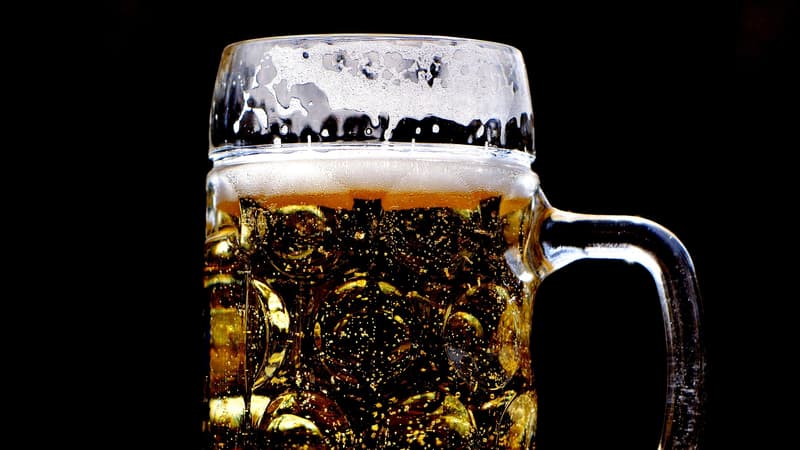At the foot of the largest maltería in France, barges in the Seine are responsible for carrying barley malt towards large ports. Final destination: Cervecerías of northern Europe, Asia or Africa. In Soufflet Malt, in Nogent-Sur-Seine, 275,000 tons of this fundamental beer ingredient are treated every year, providing each brand for a more or less standard, special or roast product.
France, with 30% of global production, has been the world’s leading world exporter, sprouted cereal, thanks to three groups that have a total of 14 factories in France, as is the second barley barley, for almost 50 years. An advantage that the sector intends to maintain, despite the increase in competition and a certain withdrawal of beer consumption. This place is the fruit of a long history: a favorable climate in the center and the east, an organization structured from upstream to downstream or a mesh of malterias and silos.
In Nogent, treated barley comes from distant fields of 60 kilometers on average. In a great week, the grain takes three steps in a lacis of tanks and silos: the caliber in the water by batches of 600 tons, then the germination into an air limited to 15-20 ° C by large fans, finally drying in an atmosphere that can be raised to 85 ° C. Objective: Transform the starch into sugars so that, during reproduction, alcohol can form under the action of the trisites.
-1% for the beer market
A delicate operation, which requires calibrated varieties, to provide a homogeneous result, “365 days a year, in 3-8”, describes Jean-Philippe Jelu, director of the Soufflet sites in France (Invivo Group), which shows this ultra-automated remote site administered by 60 people. He also quotes challenges.
In France, beer consumption fell 3% in volume in 2024, according to the Brazseurs of France, which evokes the bad weather, the crisis of purchasing power and new behaviors with respect to alcohol. Today, the sector is attentive to new markets, in particular Africa, Latin America, India, where an average class is developed, it is explained by Soufflet, which develops projects in South Africa, Ethiopia …
In the immediate future, this industry that consumes energy applies to reducing its carbon costs and traces. In Nogent, a biomass boiler uses barley dust, composed in part of cellulose. For drying, a heat pump recovers the heat generated by the production of cold necessary for the gerde. As for water, filtration systems have been installed to allow it to be used twice. These initiatives were partly allowed by subsidies, notes to the manager, concerned about the impact of the current budget context: “We must support these projects”, a source of competitiveness, he argues.
Australia, Belgium, Ukraine
On the side of barley producers too, we fear the competition of Australia, Argentina or Belgium. And maybe tomorrow, he fears the Philippe Dubief cereal manufacturer, “Ukraine and Russia”, which thanks to global warming could reduce the notches to the historic barley as they do today with wheat. The vice president of the Cerealiers Association (AGPB) highlights the unique existence in France of a winter barley, an epic with six rows resistant to water and competitive stress, although it contains a little less starch.
Another challenge, the use of fertilizers. The barley of beer production must contain 9.5% to 11.5% protein. Otherwise, it will not mobilize the yeasts enough, the foam will be lost or the drink will worry. However, protein requires nitrogen. Under these conditions, today “it is practically impossible to produce organic barley that meets the specifications,” says Philippe Dubief. However, the sector indicates working to “optimize fertilization.”
Marc Schmidt, from the French Institute of Braseerie and Malterie (IFBM), wants to be positive. A program has been carried out for three years aimed at “identifying adequate proteins, to reduce nitrogen fertilization,” explains the director of this Technical Institute.
Source: BFM TV


